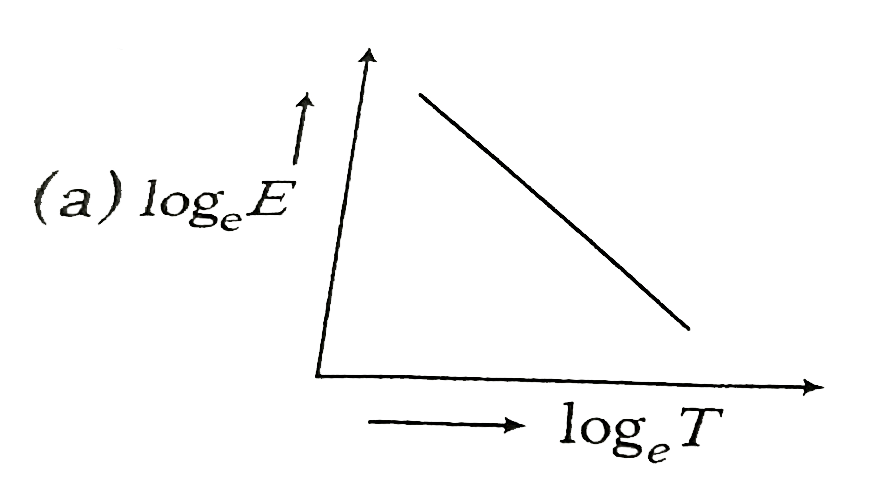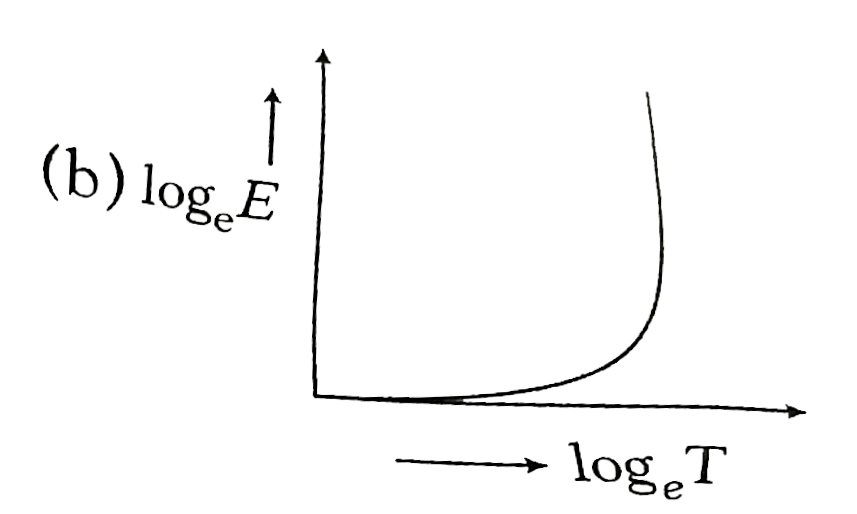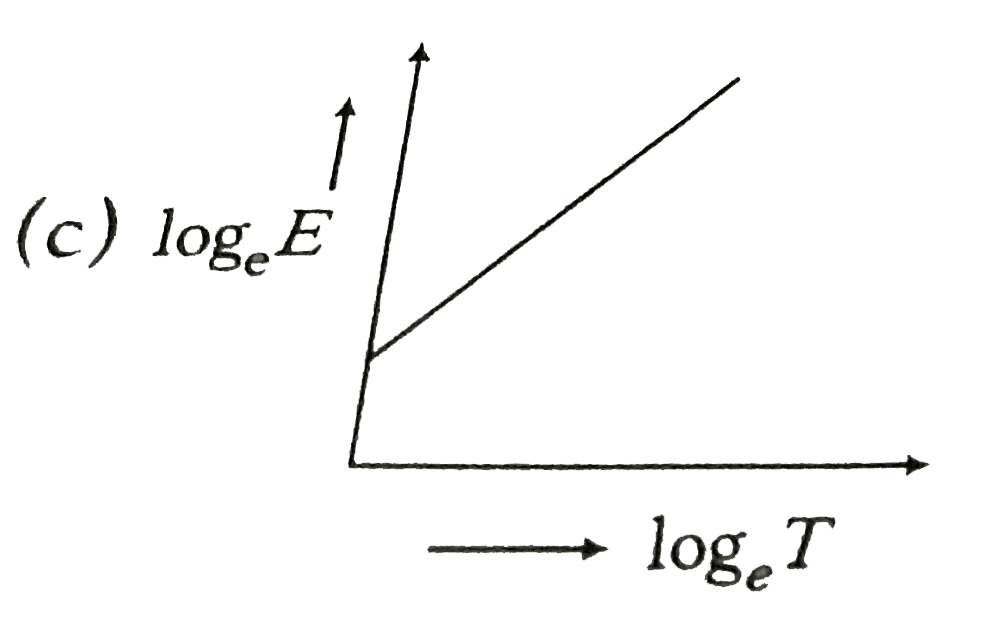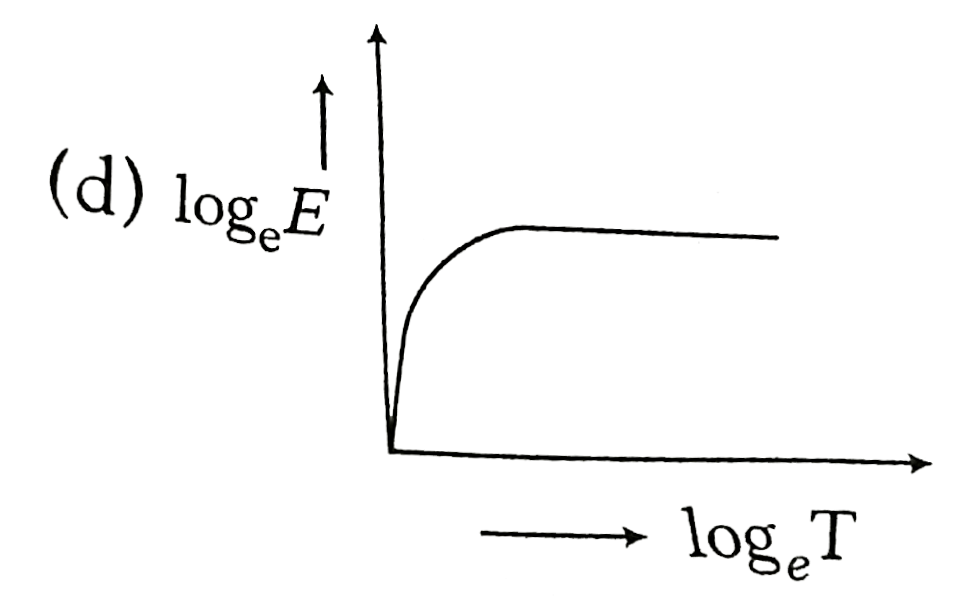In a hydrogen atom, the radius of nth bohr orbit is rn. The graph between log (rn/r1) and logn will be




The correct Answer is:C
According to Stefan-Boltzmann law, the emissive power is directly proportional to the fourth powerof temperature. So, it will give a straight line.
Topper's Solved these Questions
- CALORIMETRY AND HEAT TRANSFERBook:DC PANDEY ENGLISHChapter:CALORIMETRY AND HEAT TRANSFERExercise:Match the columns
Explore 4 Videos
- CALORIMETRY & HEAT TRANSFERBook:DC PANDEY ENGLISHChapter:CALORIMETRY & HEAT TRANSFERExercise:Level 2 Subjective
Explore 14 Videos
- CENTRE OF MASSBook:DC PANDEY ENGLISHChapter:CENTRE OF MASSExercise:Medical entrances gallery
Explore 27 Videos
Similar Questions
Knowledge Check
In Bohr.s model of hydrogen atom, radius of the first orbit of an electron is r0. Then, radius of the third orbit is:
Ar09Br0C3r0D9r0From quantisation of angular momentum one gets for hydrogen atom, the radius of the nth orbit as rn=(n2me)(h2π)2(4πε0e2)
For a hydrogen like atom of atomic number Z,Athe radius of the first orbit will be the sameBrn will be greater for larger Z valuesCrn will be smaller for larger Z valuesDnone of theseSuppose an electron is attracted toward the origin by a forcekr where k is a constant and r is the distance of the electron from the origin .By applying Bohr model to this system the radius of the nth orbital of the electron is found to be rn and the kinetic energy of the electron to be Tn , Then which of the following is true ?
ATn∝1n2BTn is independent of n, rn∝nCTn∝1n and rnDTn∝1n and rn∝n2
If the radius of the first Bohr orbit of the H atom is r then for the Li2+ ion it will be:
View SolutionSuppose an electron is attracted toward the origin by a forcekr where k is a constant and r is the distance of the electron from the origin .By applying Bohr model to this system the radius of the nth orbital of the electron is found to be rn and the kinetic energy of the electron to be Tn , Then which of the following is true ?
View SolutionIf the radius of the second Bohr of hydrogen atom is r2 the radius of the third Bohr orbit will be
View SolutionThe weight of an object on the surface of the Earth is 40 N. Its weight at a height equal to the radius of the Earth is
View SolutionLet An be the area enclosed by the nth orbit in a hydrogen atom. The graph of ln(An/At) against In (n)
View Solution
